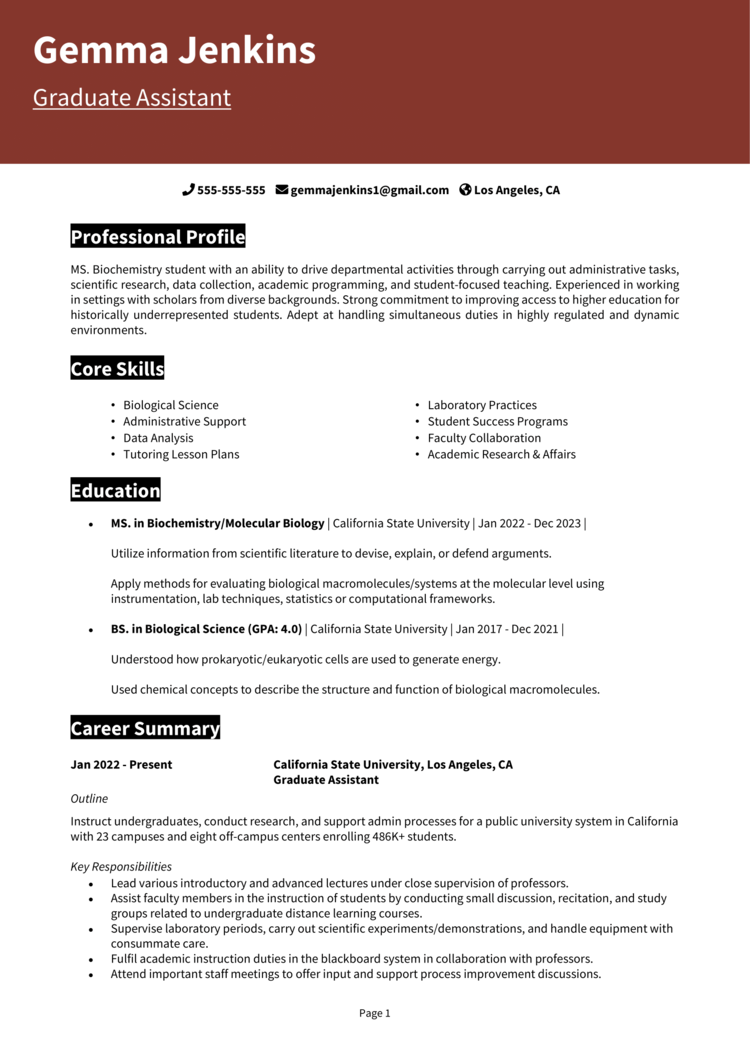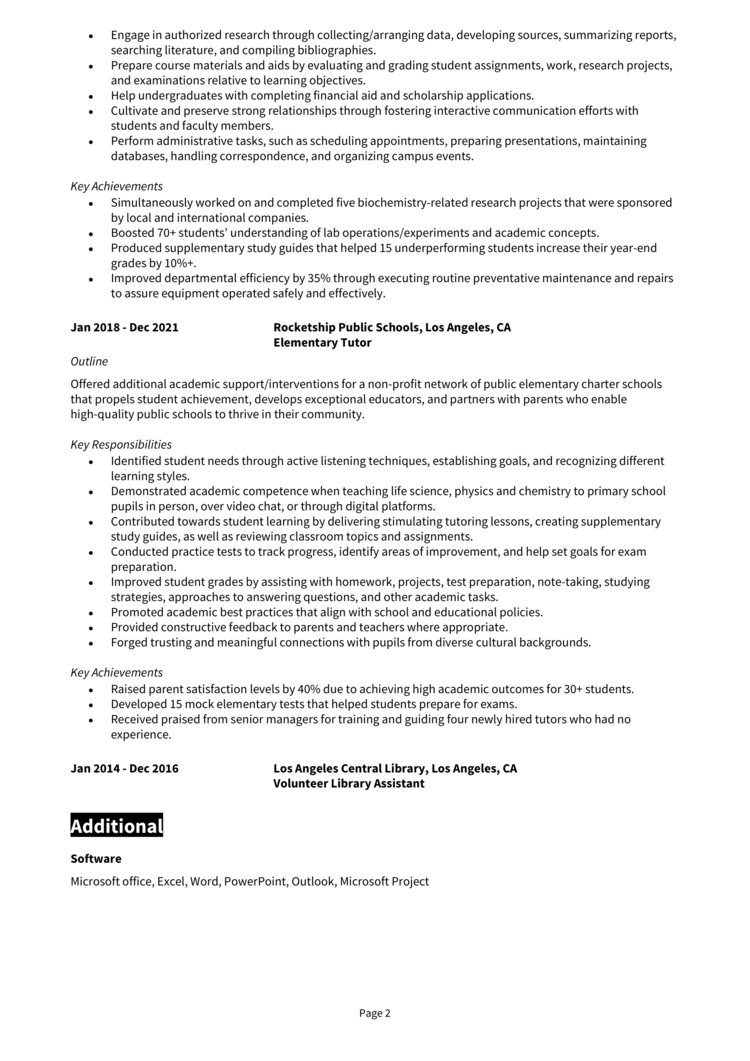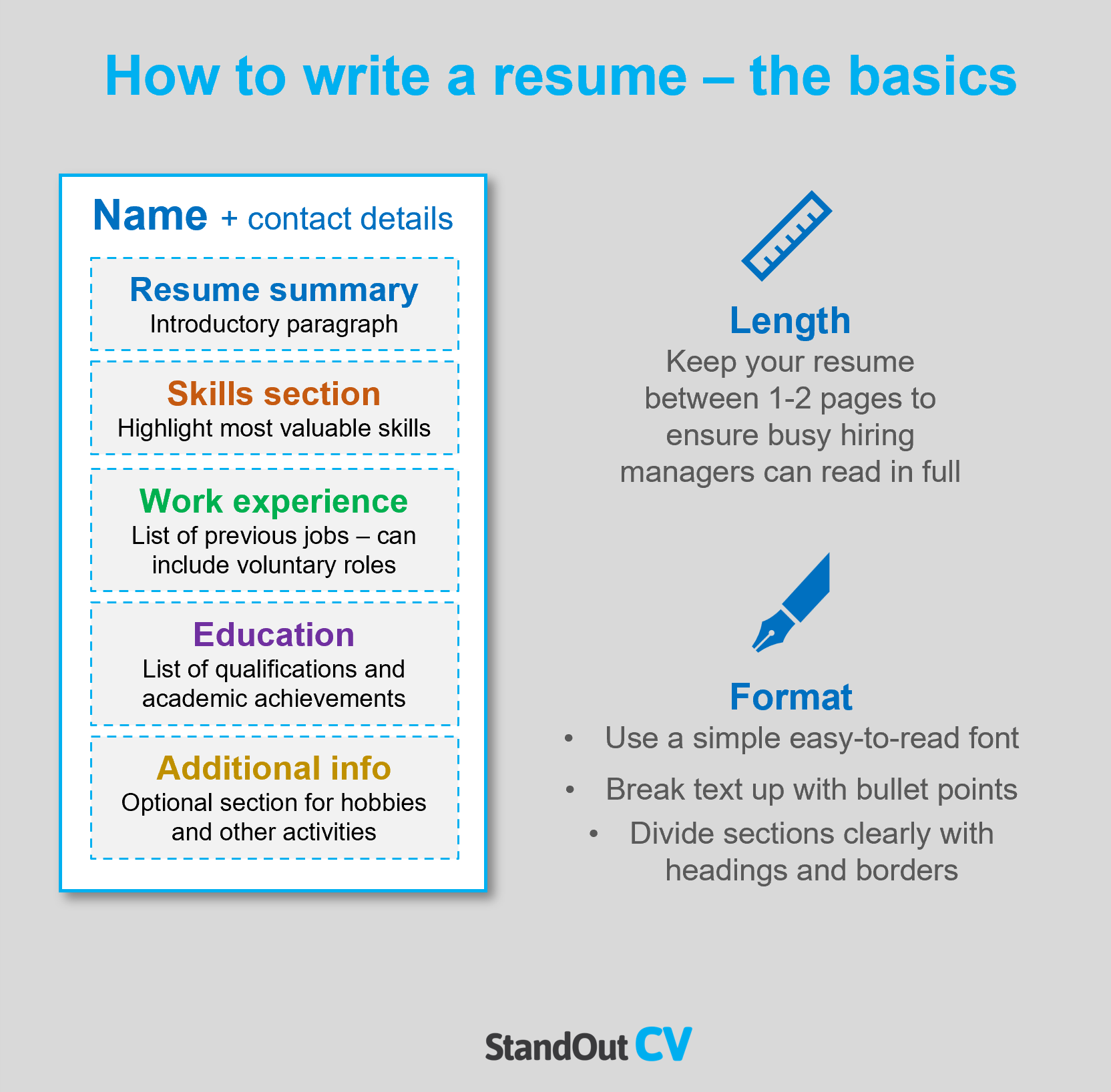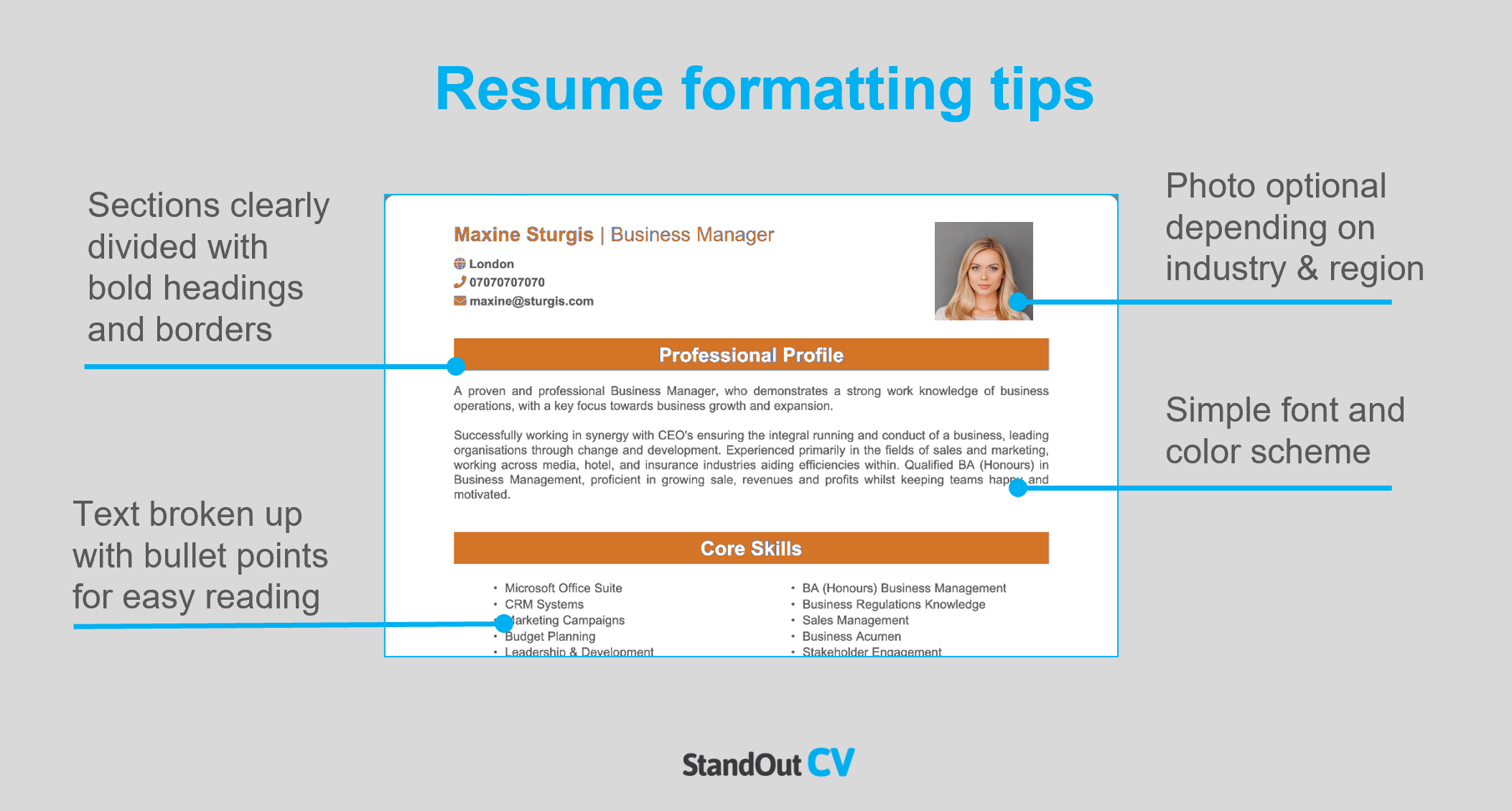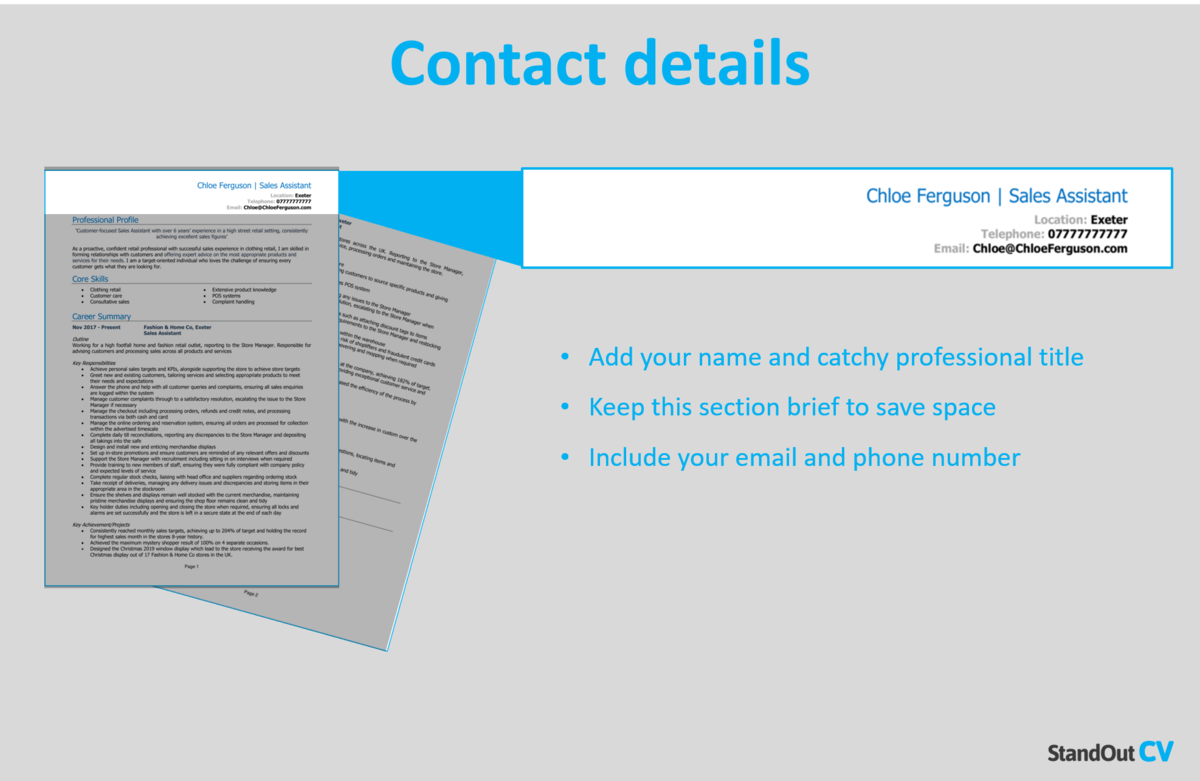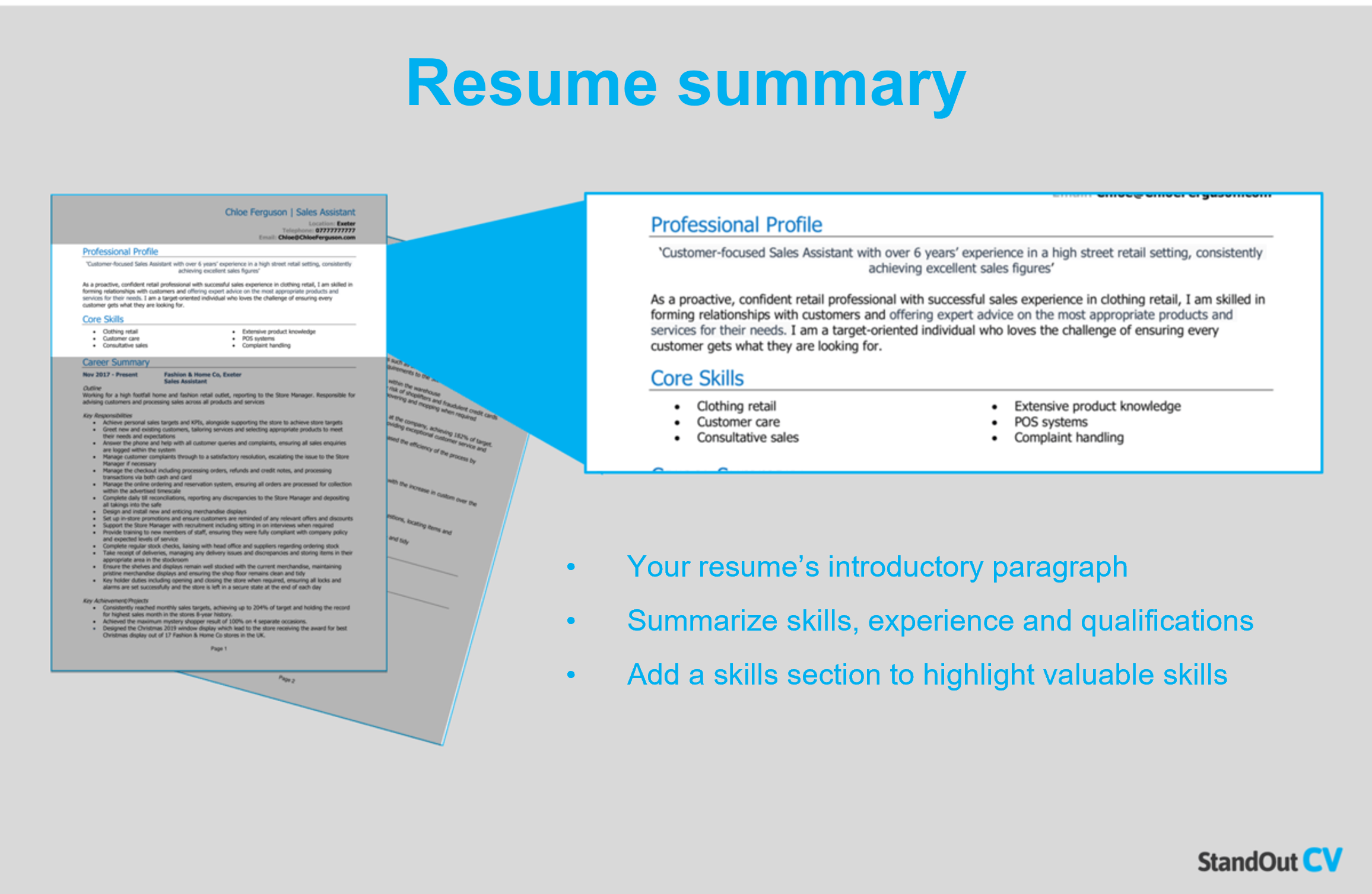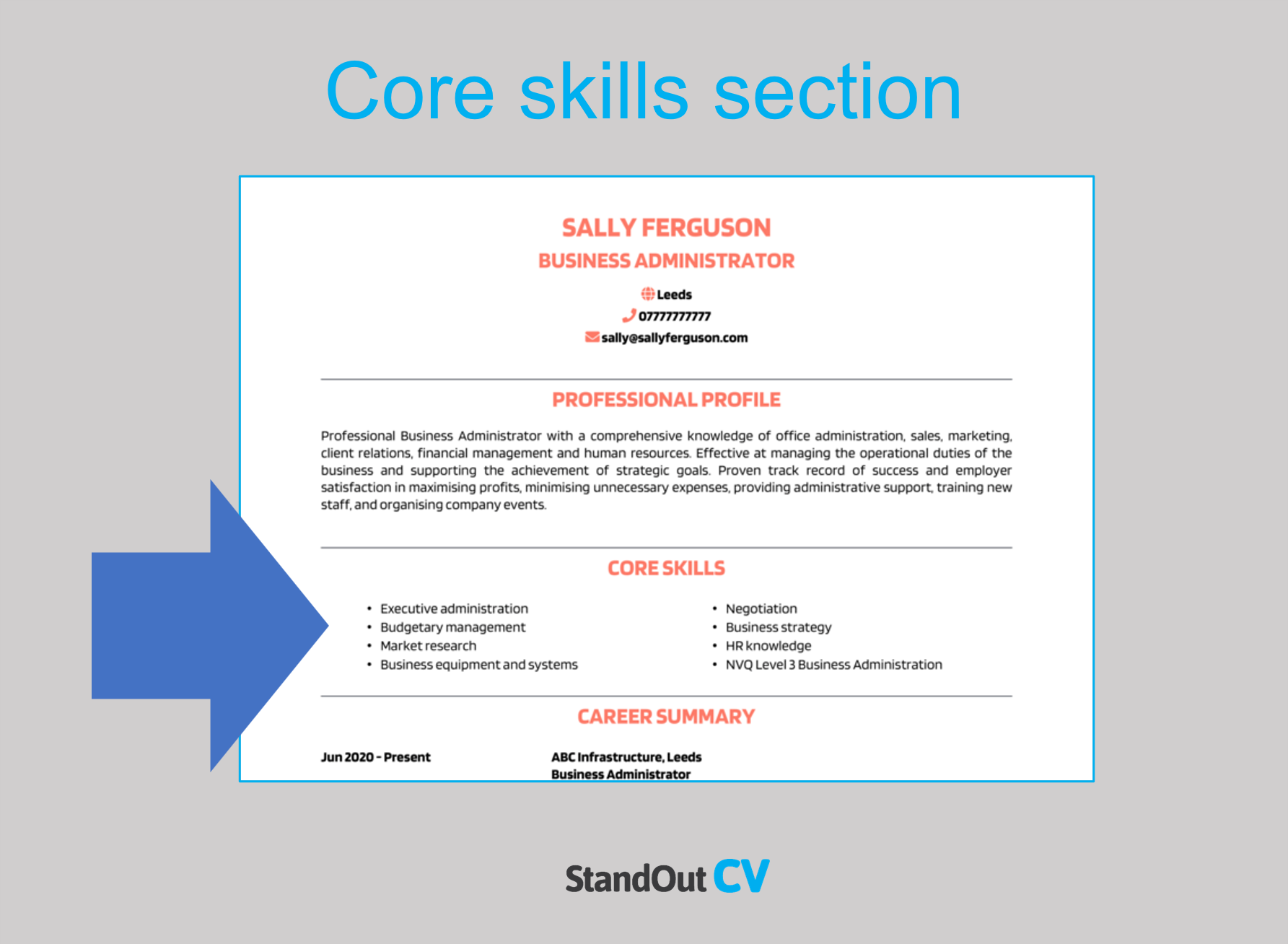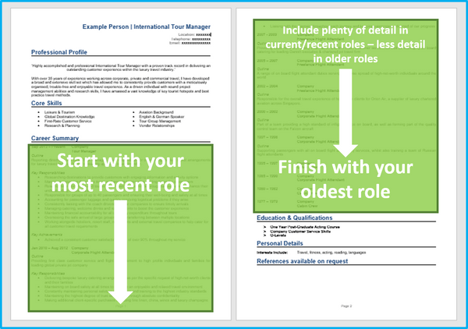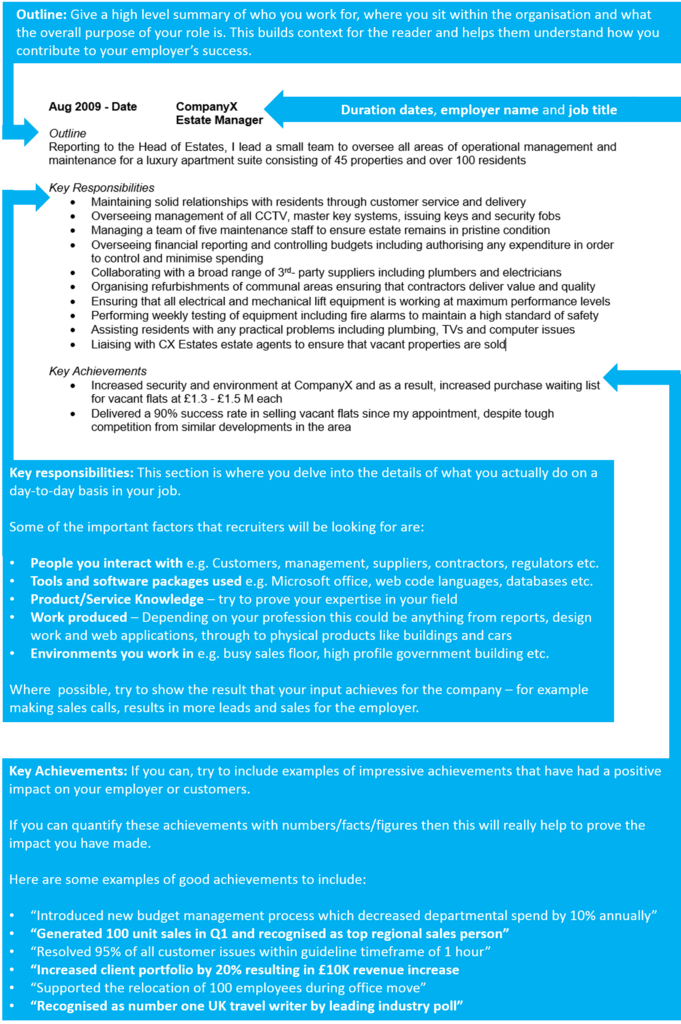What better way to gain valuable experience than working as a graduate assistant at your university?
But they can’t hire every student, so you need a standout resume that’s going to put you ahead of the competition.
To help you create this, we’ve put together a comprehensive writing guide, complete with a graduate assistant resume example.
Guide contents
|
Graduate Assistant Resume Example
This Graduate Assistant resume example gives you a good idea of how a good Graduate Assistant resume should look and read.
The information is presented professionally, and the content is well structured to ensure that time-strapped recruiters and hiring managers can find the important skills and knowledge quickly.
Refer to this example as you write your own resume.

Graduate Assistant resume layout and formatting
Your resume layout and format will play a big role in helping hiring managers to take notice of your resume and stay glued to it.
Shoot for a simple yet professional look to ensure you make a strong first impression, and organize the page in a way that is easy for readers to digest the information.
The following formatting tips should help.
How to format your resume
- Length: Attention spans in recruitment are notoriously short, so keep your resume short and sweet. There’s no exact rule for resume length, but aim for 2 pages or less if you want to ensure yours gets read in full.
- Font & text: Readability is the name of the game when it comes to your resume. Ensure yours is a dream to read by using a simple clear font, and breaking the text up with plenty of bullet points and short paragraphs.
- Design & layout: Hiring managers should be able to skim through your resume easily and pinpoint the information they want quickly. To help them do this, organize the page into clear sections with bold headings and dividing borders. The design should be clutter-free and professional-looking, with a calm color scheme.
- Photos: It’s not mandatory to add a photo to your resume in the USA but it if you’re applying to organizations within the creative fields, it can be beneficial.
Quick tip: Achieving a professional look for your resume can be difficult and time-consuming. If you want to create an attractive resume quickly, try our quick-and-easy Resume Builder and use one of their eye-catching resume templates.
Resume layout
Add the following sections when you write your resume.
- Name and contact details – Add to the very top of your resume to introduce yourself and make it super-easy for recruiters to get in touch.
- Resume summary – Reel hiring managers in with an “elevator pitch” style paragraph which sums up your suitability for the job.
- Skills section – A short and sharp list of your most important skills, that can be quickly skim-read.
- Work experience – List your previous jobs (from newest to oldest) detailing the skills learnt and applied in each.
- Education – List your qualifications and professional training.
- Additional info – If it helps your application, you can add an extra section for things like hobbies and interests.
Here’s what you should include in each section of your resume.
Resume Contact Details
Keep your contact details short to save resume space and include the following.
- Name and profession title
- Cell phone number
- Location – Add your local area such as Silicon Valley or New York, unless you are looking for work in a different location
- Email address – Keep it professional and don’t use an old address that you thought was cool in high school, but now looks a bit embarrassing.
You can add a link to your LinkedIn profile if you have one – you do not need to include personal details like date of birth or marital status.
Graduate Assistant Resume Summary
Now it’s time to get into the real content of your resume, starting with the summary.
Your resume summary is a short paragraph at the top of the document, and its jobs is to catch the eye of hiring managers by summarizing all your skills and knowledge that are most important to the roles you are applying for.
3 tips for creating a resume summary that will get noticed:
- Keep it concise: You only have a few seconds to grab a recruiters’ attention and make them commit to your resume, so keep your summary between 4 – 7 lines.
- Tailor to target jobs: Tailor your resume to your target jobs by studying the job description and adding as many matching skills as you can.
- Don’t use cliches: You may be a “team player who always give 110%” but generic phrases don’t tell employers much about you in reality – stick to factual information.
Example resume summary for Graduate Assistant
What info to include in your Graduate Assistant resume summary?
- Summary of experience: Provide an overview of the type of work you have done in the past and the impact you have made at previous employers.
- Relevant skills: Skills that are highly relevant to Graduate Assistant work should be made prominent throughout your summary.
- Vital qualifications: Showcase your level of education with a quick mention of any qualifications that are essential for the Graduate Assistant roles you are applying to.
Quick tip: Choose from hundreds of pre-written summaries across all industries, and add one to your resume with one-click in our quick-and-easy Resume Builder. All written by recruitment experts and easily tailored to suit your unique skillset and style.
Core skills section
In addition to your resume summary, your core skills section provides an easily digestible snapshot of your skills – perfect for grabbing the attention of busy hiring managers.
As Graduate Assistant jobs might receive a huge pile of applications, this is a great way to stand out and show off your suitability for the role.
It should be made up of 2-3 columns of bullet points and be made up of skills that are highly relevant to the jobs you are targeting.
Top skills for your Graduate Assistant resume
Student Success Programs – working with first generation, low-income and/or students with disabilities by supporting their academic and personal development.
Data Analysis and Reporting – analyzing and reporting on student performance, attendance and predicted outcomes.
Faculty Collaboration – working with the wider faculty to lead, instruct, and mentor students with the goal of improving student learning and achievement.
Tutoring Lesson Plans – creating a roadmap of what student’s need to learn and how it will be done effectively during their tutoring time.
Academic Research – maintaining an up-to-date knowledge of the academic area of interest, including examining and analyzing relevant scholarly sources.
Quick tip: Our quick-and-easy Resume Builder contains thousands of in-demand skills for every profession that can be added to your resume in seconds – saving you time and greatly improving your chances of landing job interviews and getting hired.

Resume work experience section
Now that you’ve reeled recruiters in with your awesome summary, it’s time to delve into your work experience.
Here you’ll list your previous jobs (starting with your most recent and working backward) and showcase how you apply your skills in the workplace.
Provide lots of detail in recent jobs, and less in older roles.
If you have no relevant paid experience, you can include voluntary work and placements – but if you have lots of experience, you can leave out some of the really old jobs.
Structuring your job descriptions
It’s easy to overwhelm readers when writing about a job you have been doing for years or even months.
Break the information up like this to keep it simple for recruiters to understand.
Job outline
Begin each job with a short summary of who the organization is, where you sit within it, and what the main goal of your position is.
Key responsibilities
Then delve into the detail of your job by listing out easy-to-read bullet points which show how you apply your skills in the workplace.
Tailor these bullet points to focus on the skills and knowledge that are required in the jobs you are applying for.
Key achievements
Round off each job by adding some impressive achievements you made in the role.
Anything you’ve done that has made a big impact on your employer will make a good impression, think; generating revenue, saving costs, or improving a product.
Quantify your achievements with number where possible e.g. “reduced call wait time by 10%”
Example job for Graduate Assistant resume
Outline
Instruct undergraduates, conduct research, and support admin processes for a public university system in California with 23 campuses and eight off-campus centers enrolling 486K+ students.
Key Responsibilities
- Lead various introductory and advanced lectures under close supervision of professors.
- Assist faculty members in the instruction of students by conducting small discussion, recitation, and study groups related to undergraduate distance learning courses.
- Supervise laboratory periods, carry out scientific experiments/demonstrations, and handle equipment with consummate care.
- Fulfil academic instruction duties in the blackboard system in collaboration with professors.
Quick tip: Create impressive job descriptions easily in our quick-and-easy Resume Builder by adding pre-written job phrases for every industry and career stage.
Education section
Nearing the end of your resume, your education/qualifications section should be added.
In a well-structured list, add all of your qualifications and certifications that qualify you to perform a typical Graduate Assistant role.
If you have plenty of work experience, keep this section brief – if not, add lots of detail to make up for your lack of experience.
Additional information
The bottom of your resume is a place to add any “additional info”
Any other info that didn’t fall into any of the previous sections can be added here.
If you have hobbies that are related to your profession or any awards or publications – add them here.

Writing your Graduate Assistant resume
Writing a Graduate Assistant resume can be challenging but following the steps above will ensure that you land plenty of interviews.
If you want to speed up the process and use an attractive professional template, try out our quick-and-easy Resume Builder.
Good luck with your job search!
